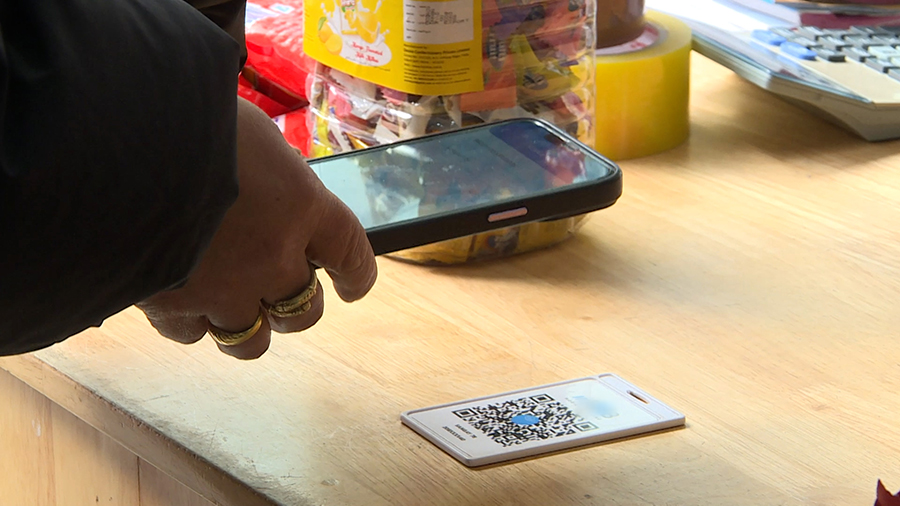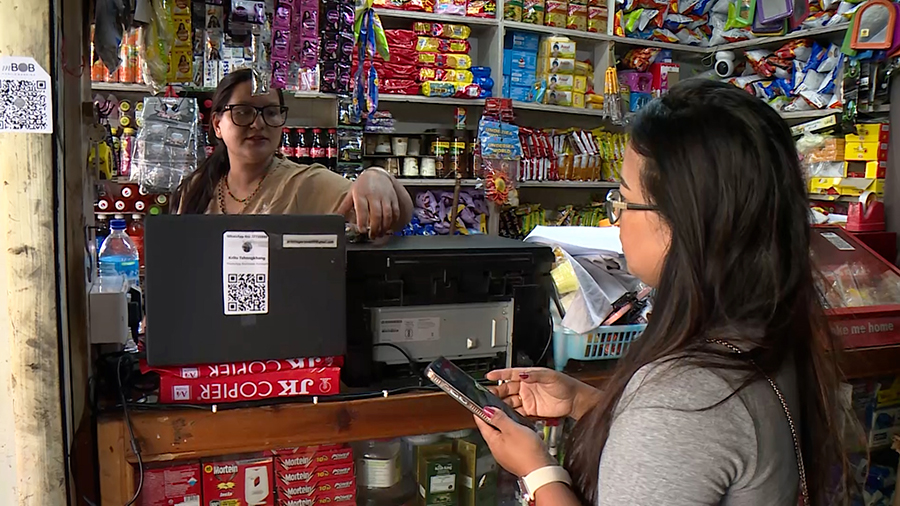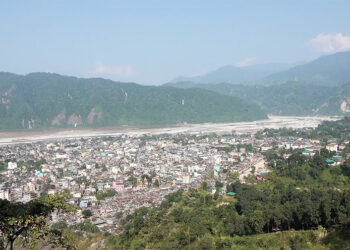 As more Bhutanese embrace digital services and technology in banking, payment habits continue to evolve. This shift not only makes payments easier but also helps monitor money flow and reduce tax evasion. According to the Central Bank’s latest Quarterly Payment System Report, the country recorded over 38 million mobile banking transactions between January and March this year, a 4.3 per cent increase from the same period last year.
As more Bhutanese embrace digital services and technology in banking, payment habits continue to evolve. This shift not only makes payments easier but also helps monitor money flow and reduce tax evasion. According to the Central Bank’s latest Quarterly Payment System Report, the country recorded over 38 million mobile banking transactions between January and March this year, a 4.3 per cent increase from the same period last year.
This is the main thoroughfare in Thimphu, where thousands of transactions happen every day. Most of them are done through mobile banking.
 A woman purchases doma worth Nu 50. The shopkeeper, seated behind the counter, points to a laminated QR code displayed. The buyer scans it with a quick tap on her phone, enters the amount, and completes the payment within seconds. No cash exchanged, no change needed.
A woman purchases doma worth Nu 50. The shopkeeper, seated behind the counter, points to a laminated QR code displayed. The buyer scans it with a quick tap on her phone, enters the amount, and completes the payment within seconds. No cash exchanged, no change needed.
From the smallest to the largest payments, QR code payments are becoming a common method of payment in Bhutan. In the first three months of the year, the Central Bank recorded nearly 33 million QR transactions. These transactions amounted to over Nu 33.5bn.
Nanda Lal Pradhan, a shopkeeper said “Online payments through QR are more advantageous mainly because some people might not carry cash. So, wherever you go, you have your mobile facility, and through that, you can make a payment very easily. Also, when they transfer the money, they transfer the exact amount they are supposed to pay me.”
Sangay, another shopkeeper said “For us, QR payments are useful, and we prefer them because these days, customers usually don’t carry cash. Even if they buy a product worth five ngultrum, they pay us that amount through mobile, so it’s very useful.”
The Royal Monetary Authority’s Quarterly Payment System Report shows mobile banking, including QR payments, remains the popular payment method.
Over 45,000 new mobile banking users were registered in the first quarter. DK Bank saw the highest number of new users with over 20,000 while T-Bank reported the lowest with over one thousand new users.
According to the Central Bank, digital payments create a clear, traceable record of all financial transactions. This helps them monitor money flow in the economy and supports better tax compliance.
Experts also say real-time payment data helps the Central Bank make timely and more informed decisions such as on interest rate changes.
Meanwhile, traditional payment channels such as cheques and ATMs have declined by around 27% in the first quarter. However, the RMA emphasises the importance of maintaining ATM access.
There are currently 249 ATMs in the country, serving not only domestic users but also regional and international tourists.
As digital technology continues to evolve, payment habits are likely to change even further in the coming years.
Kinley Bidha
Edited by Sangay Chezom









